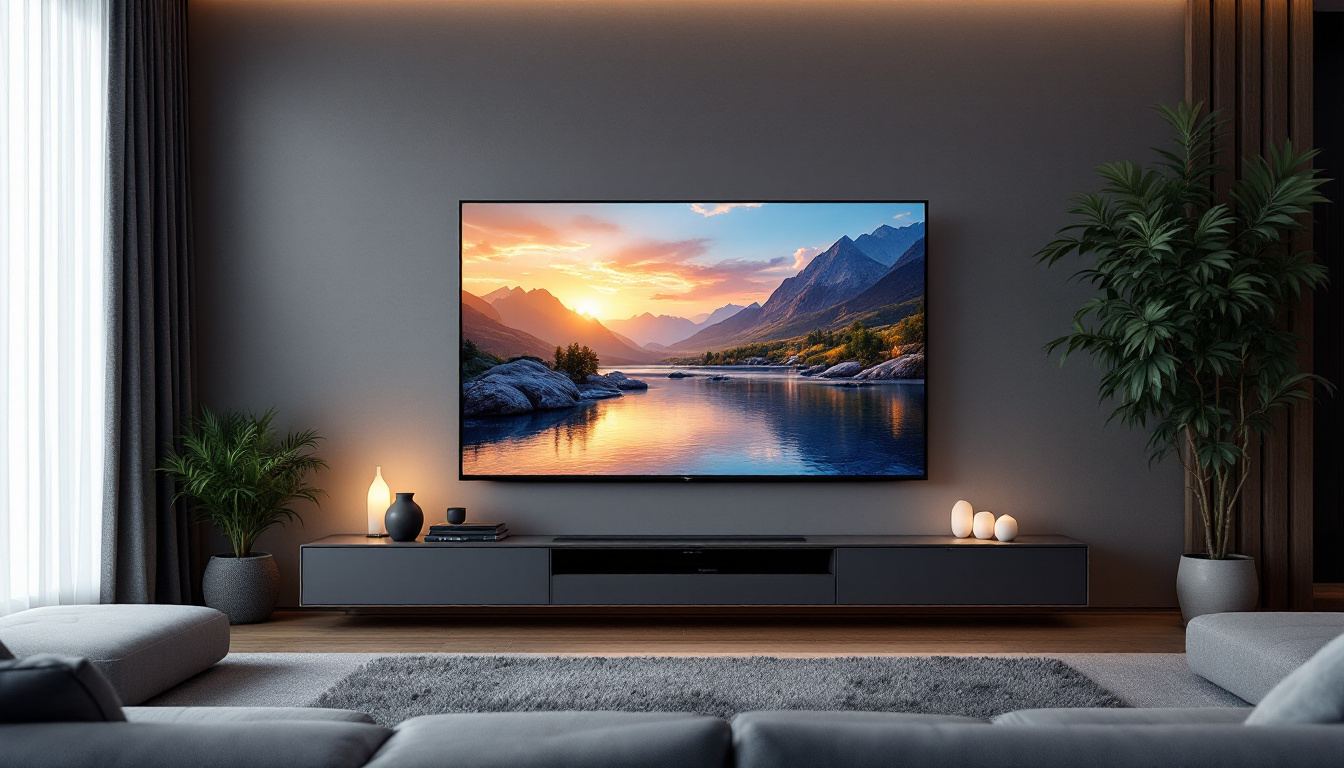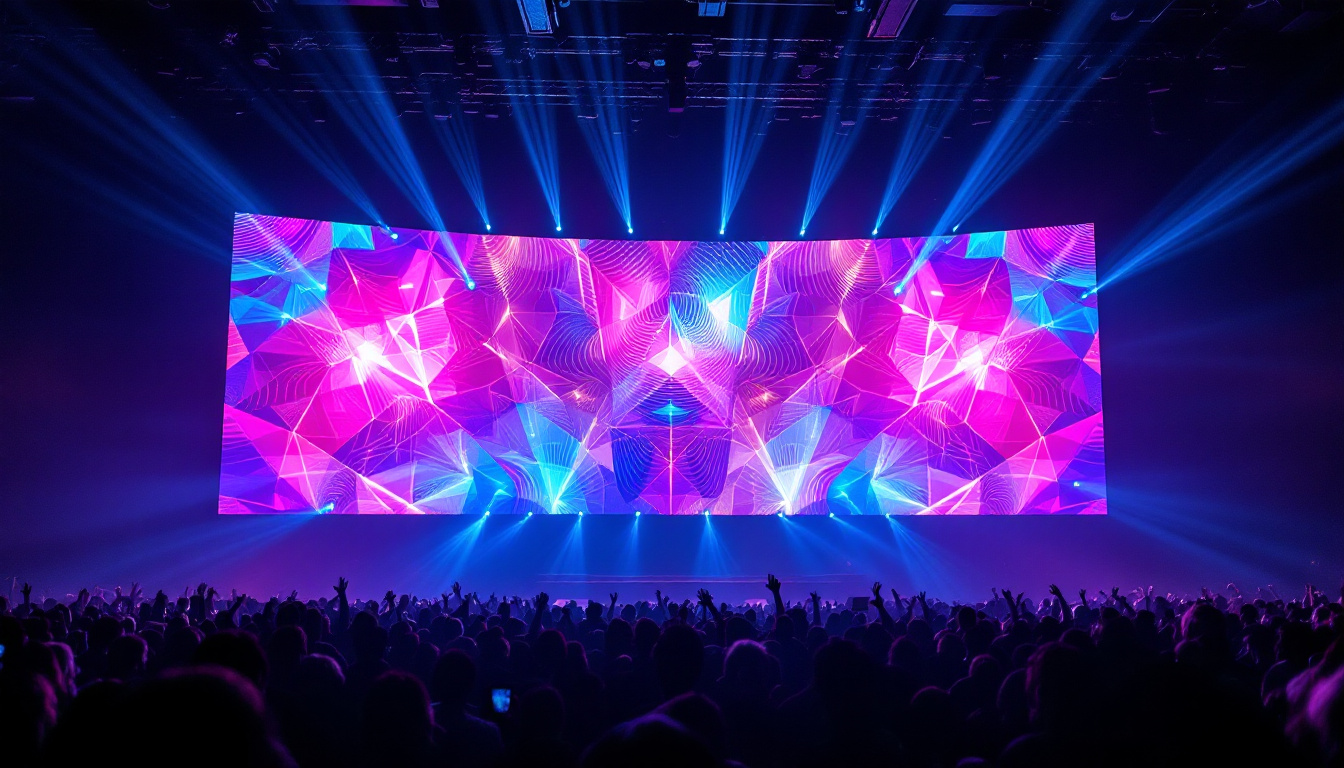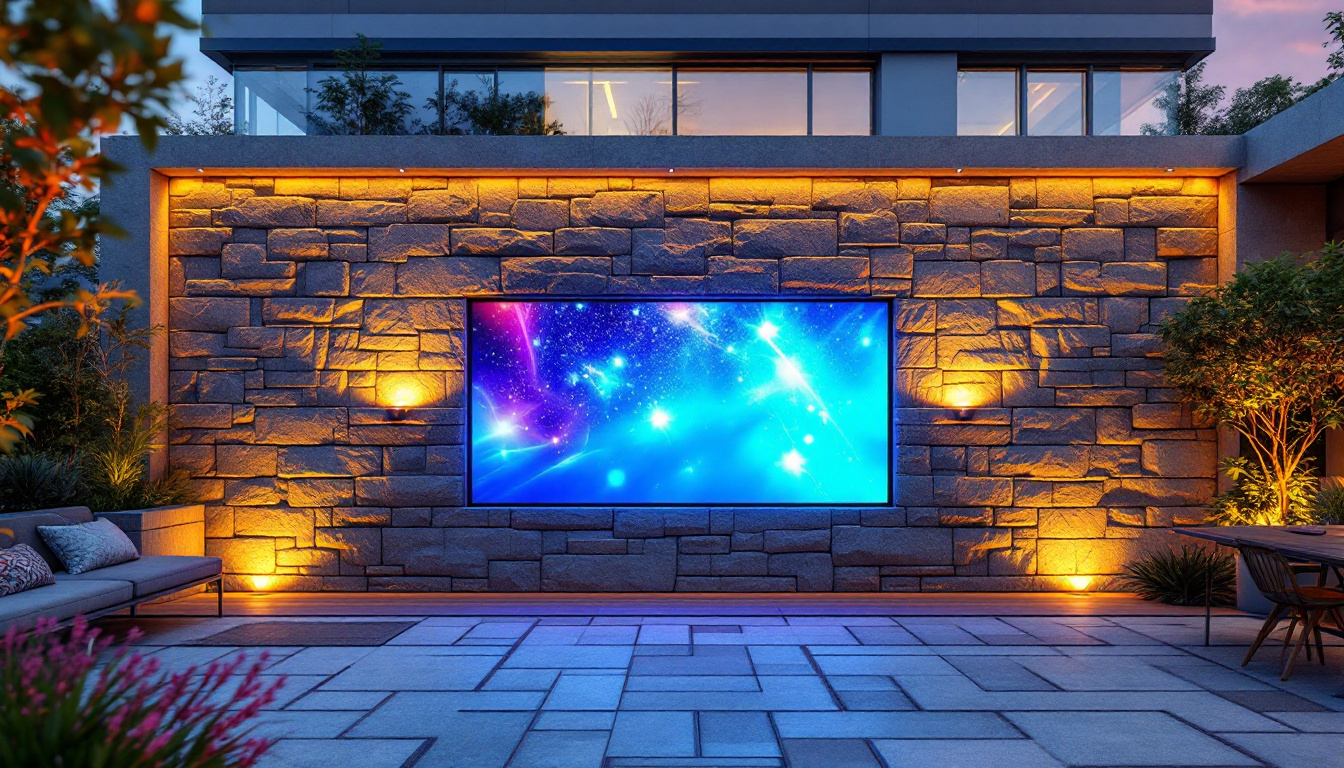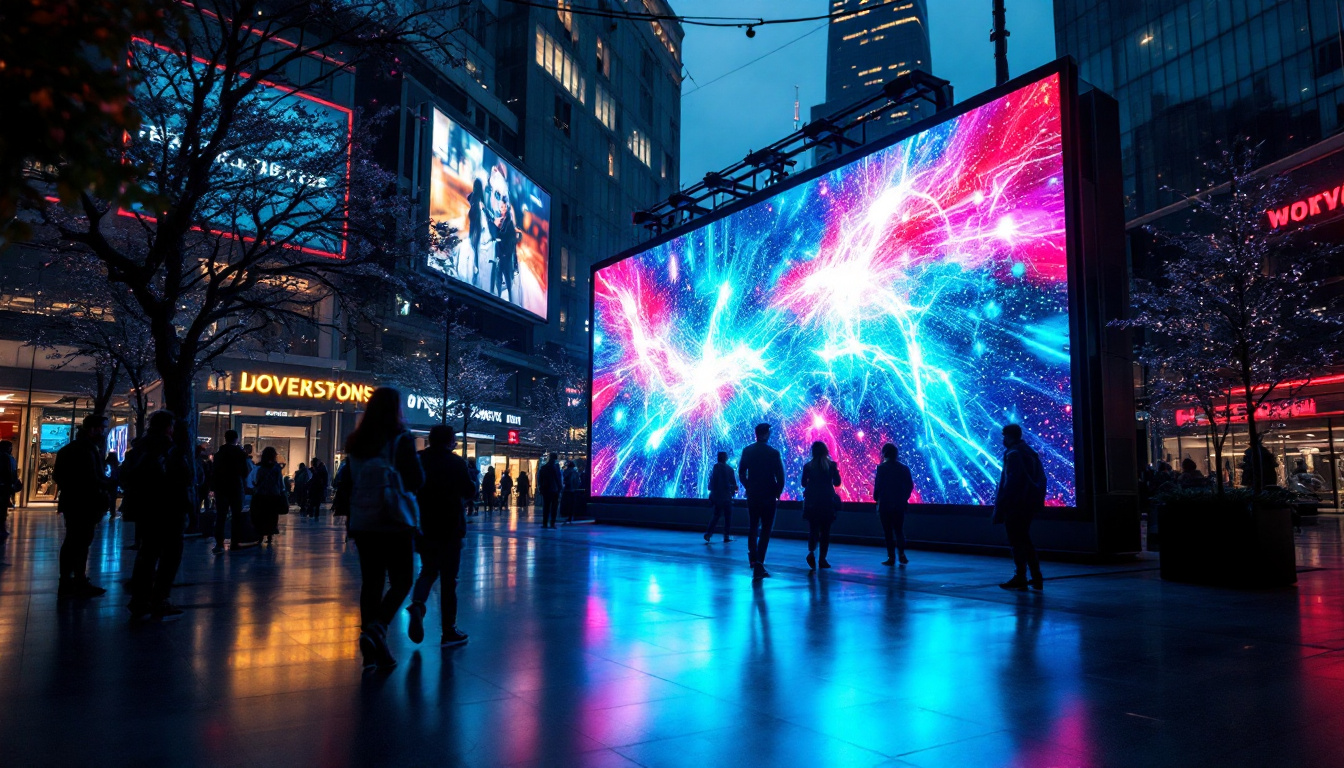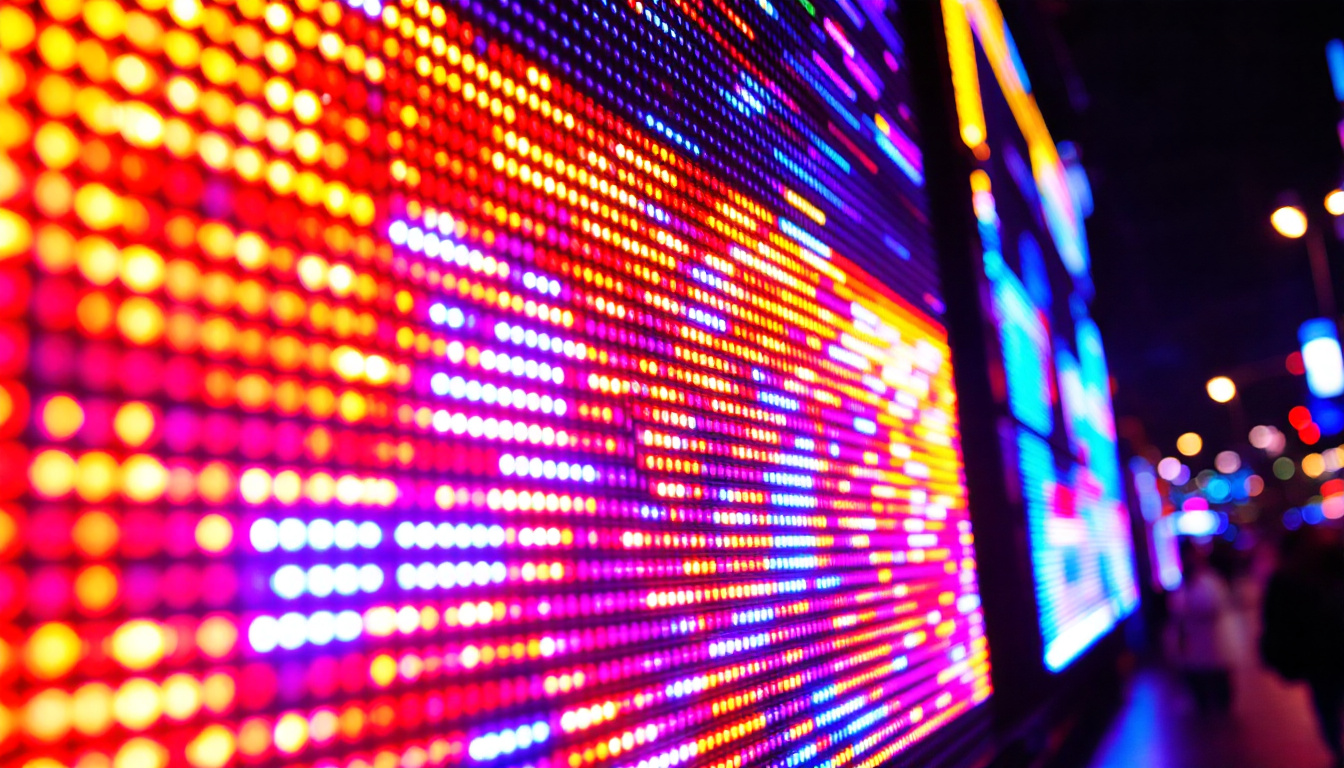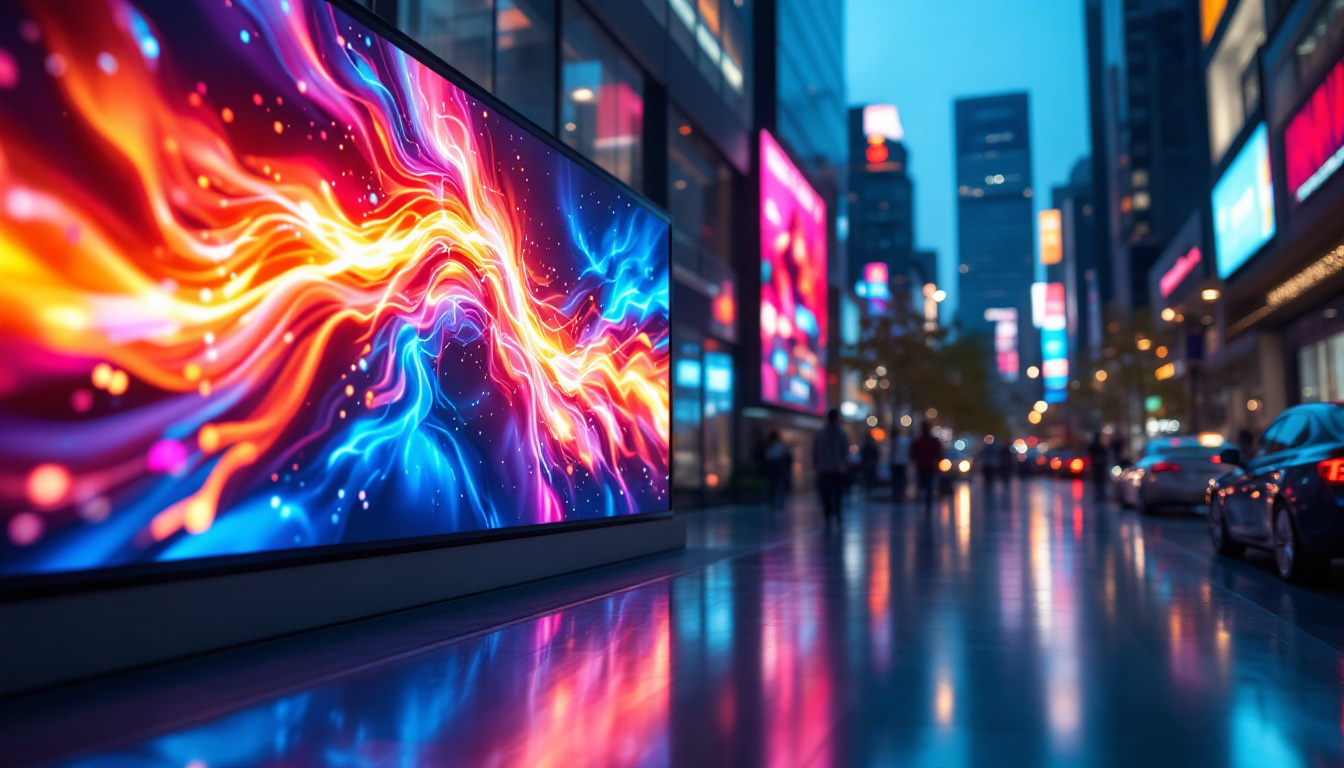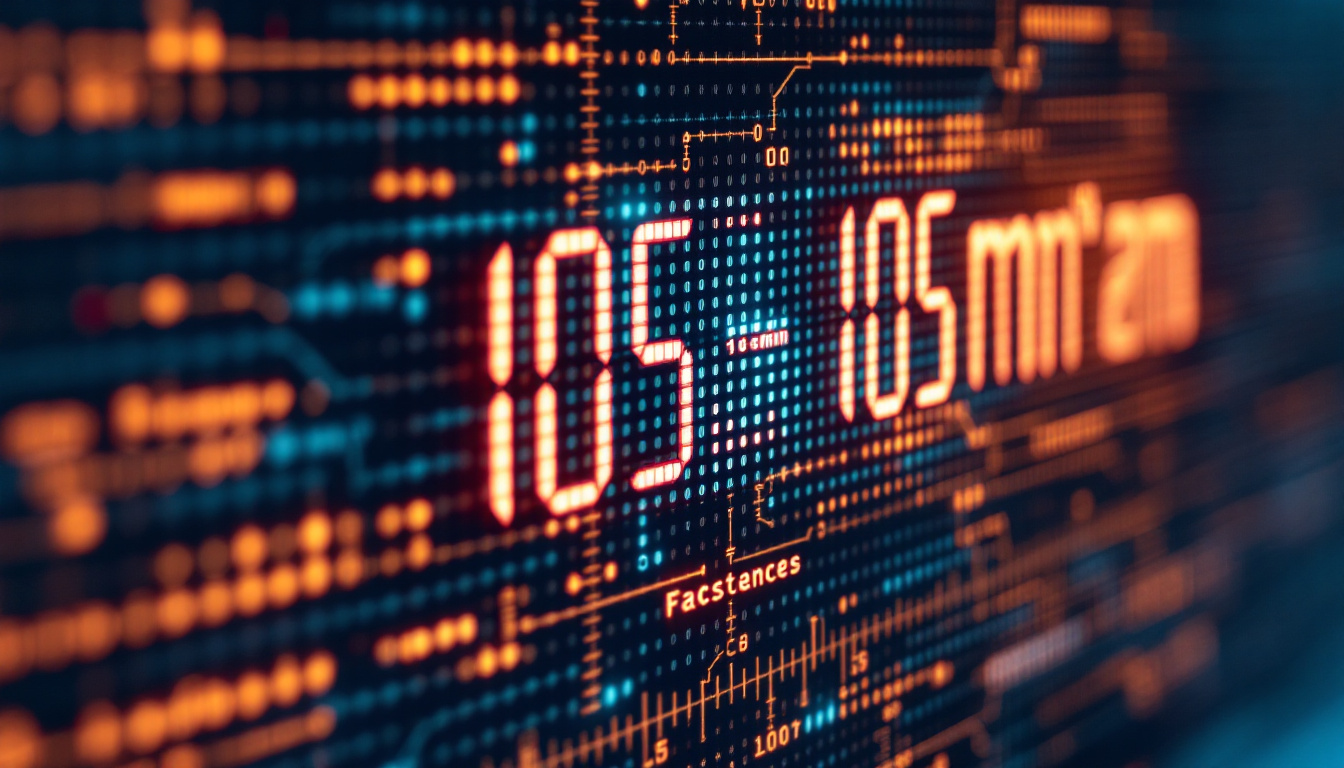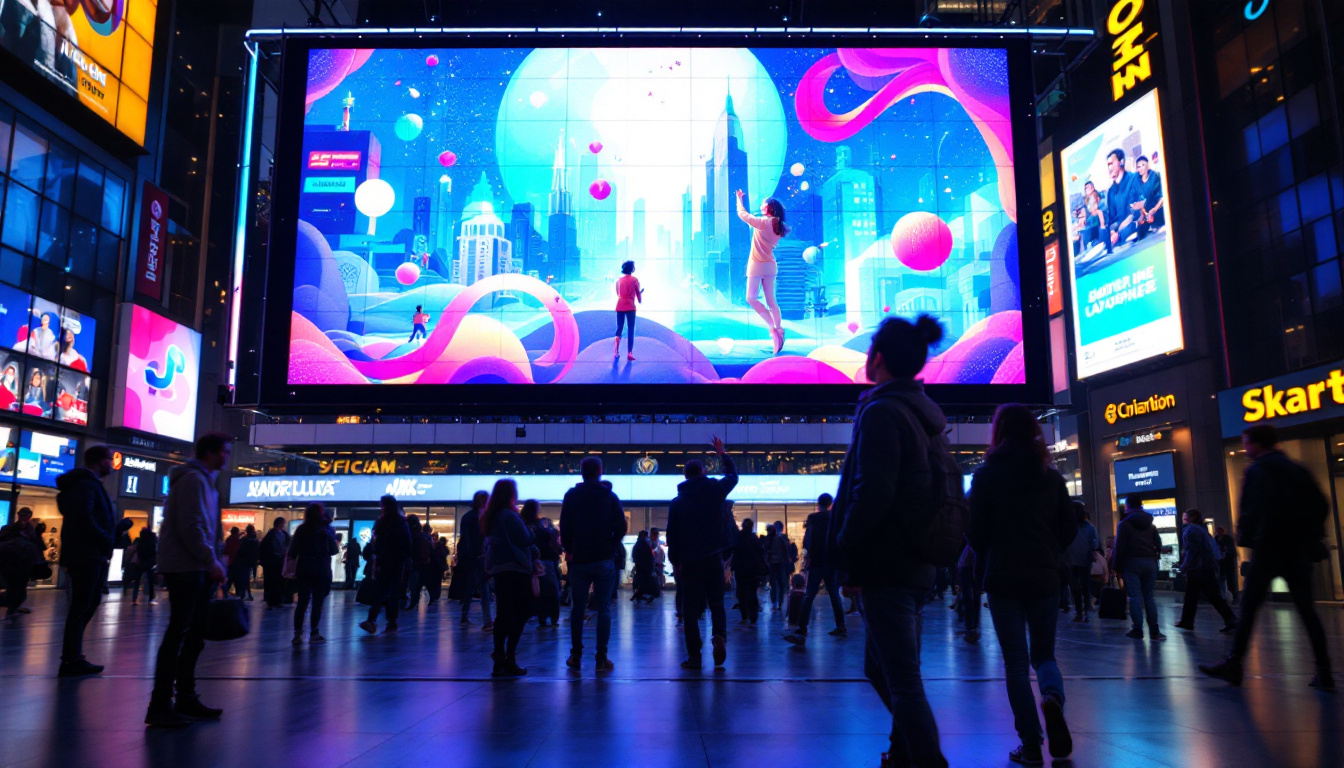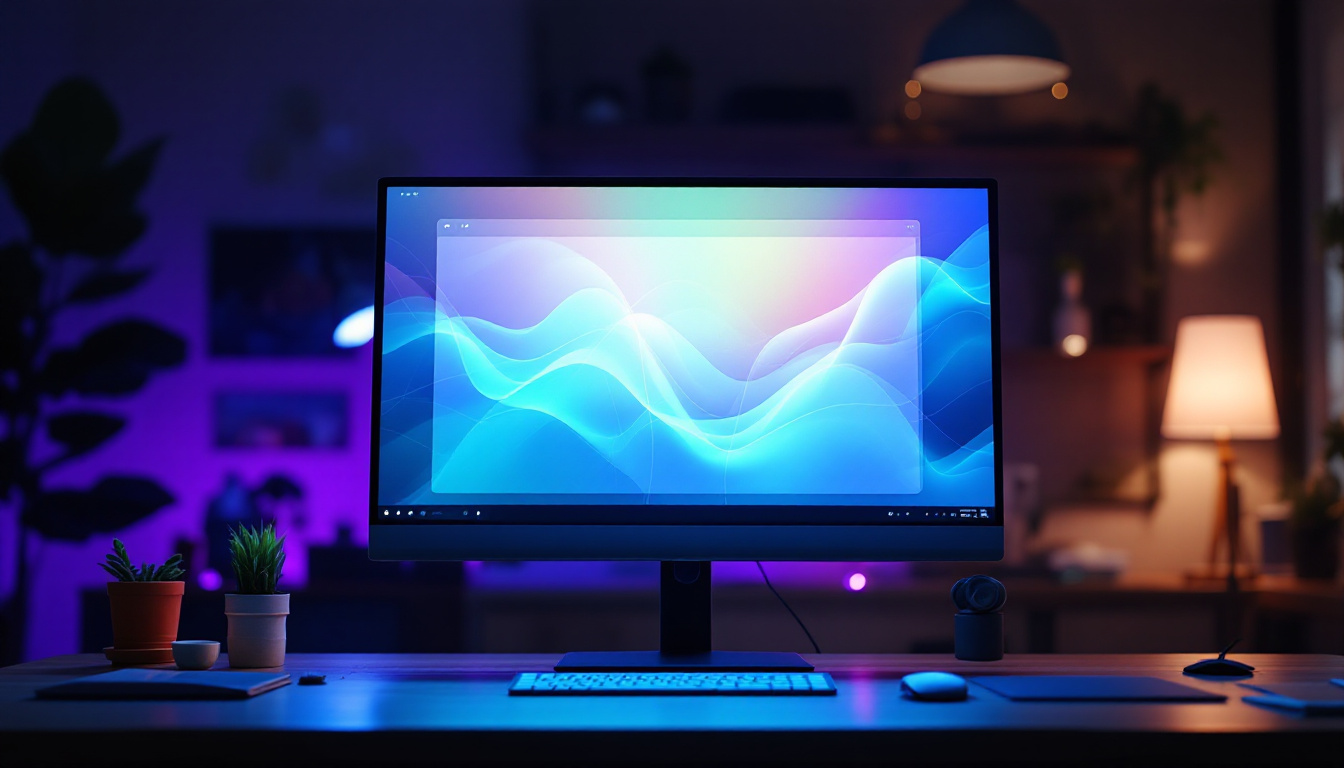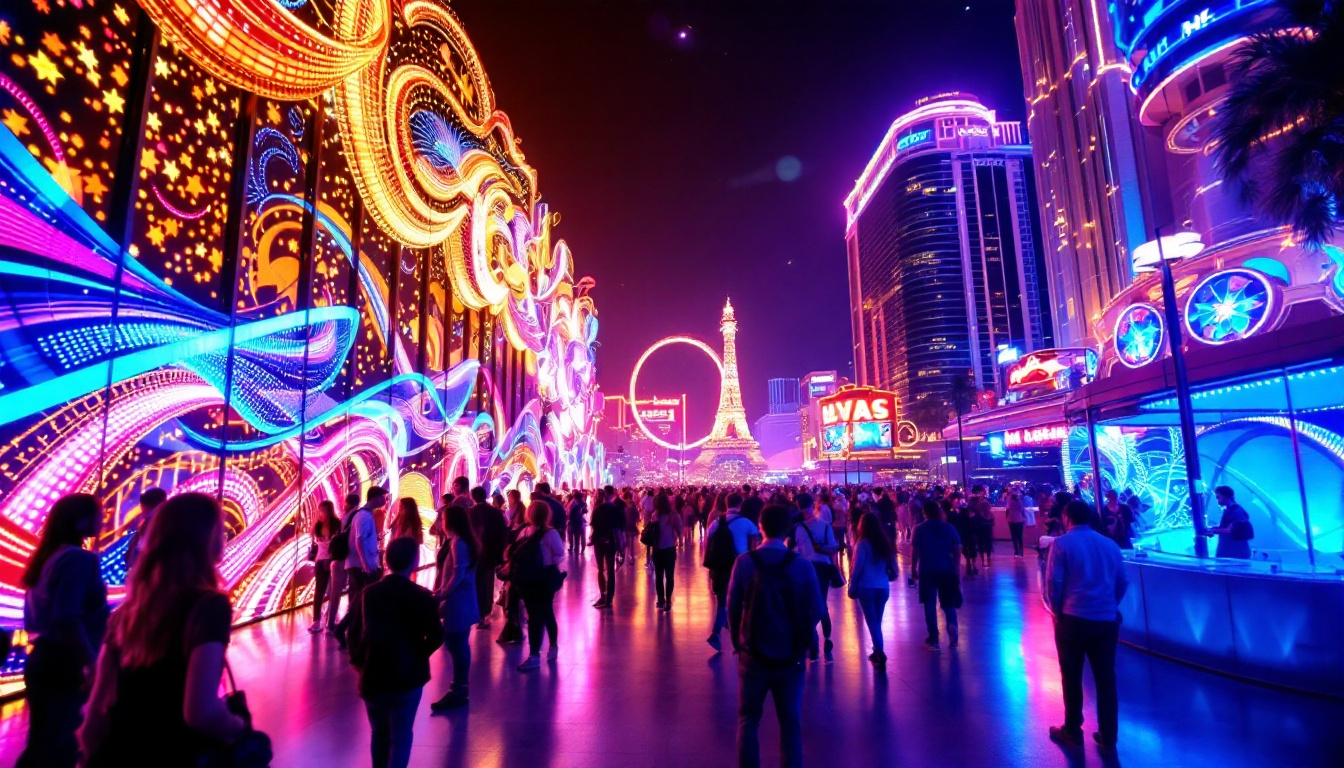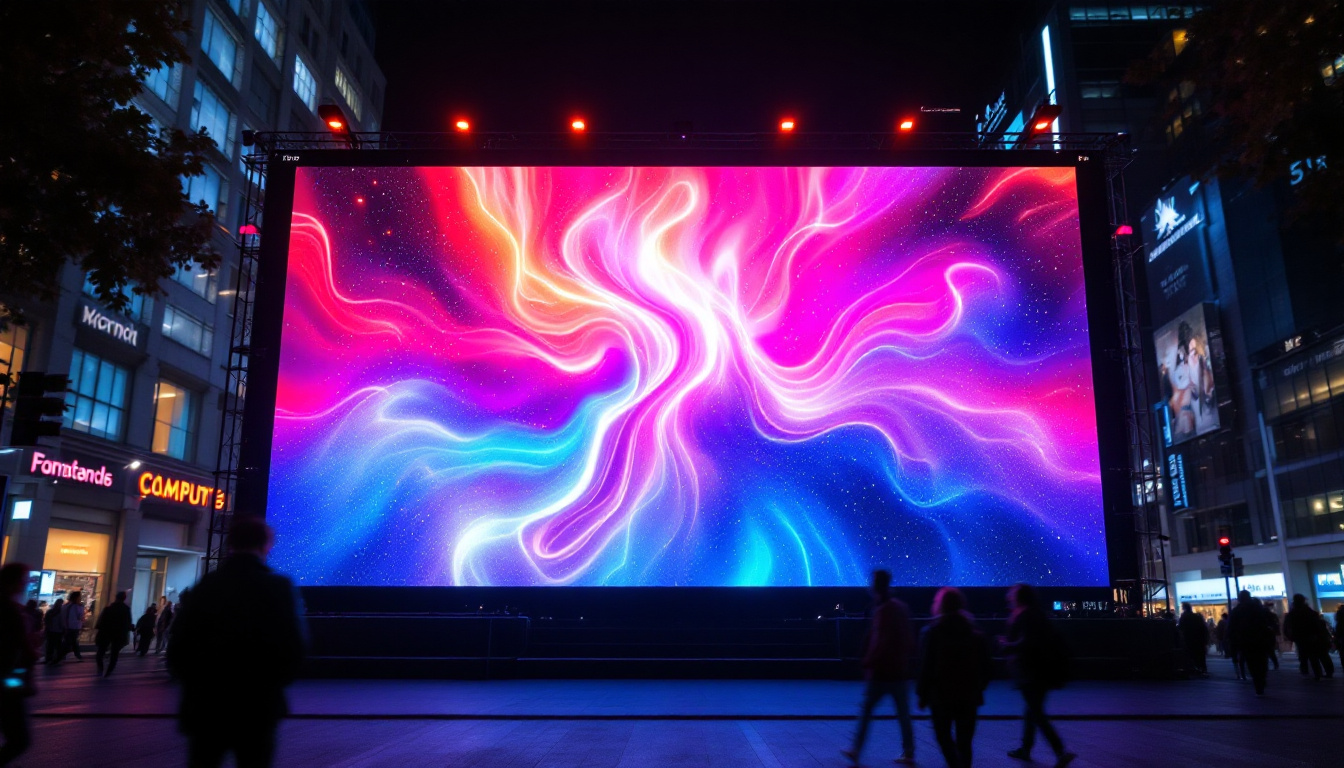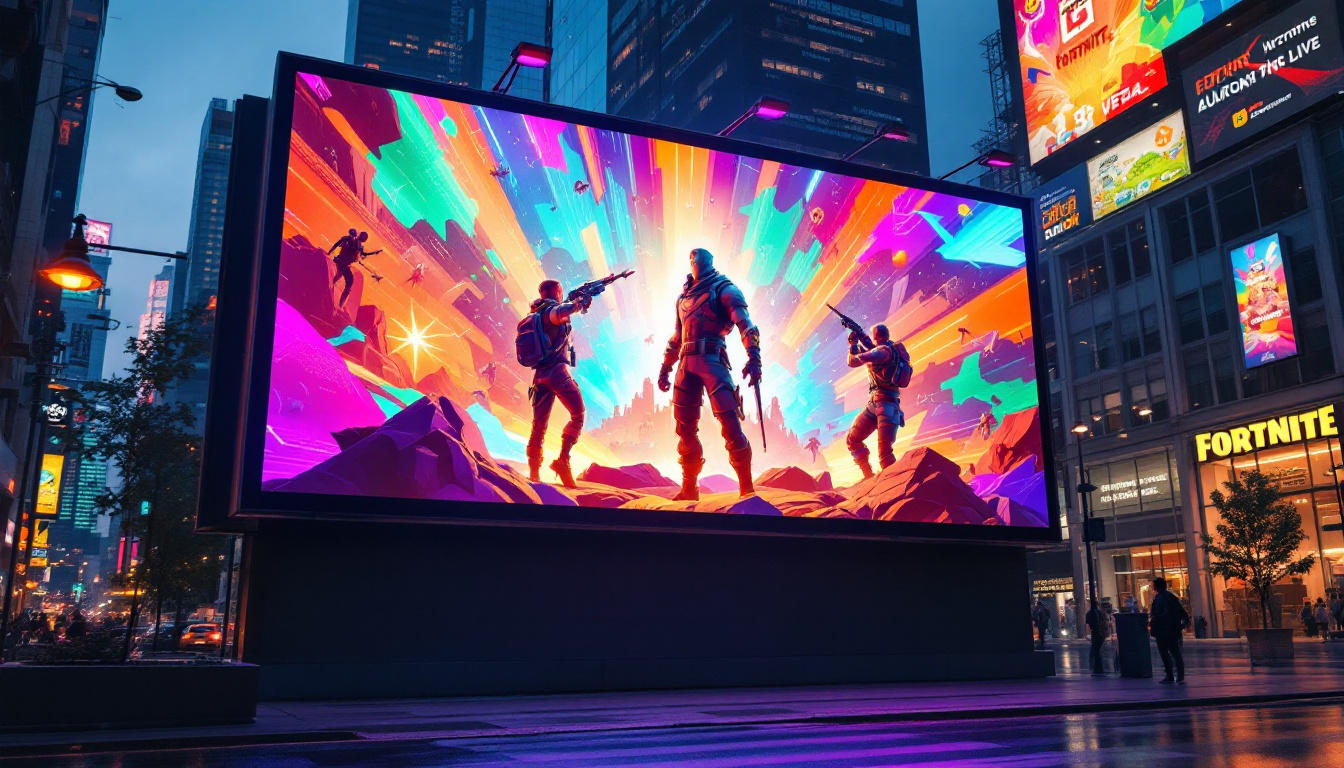How Does An LCD Display Work: LED Display Explained
In the realm of modern technology, LCD (Liquid Crystal Display) and LED (Light Emitting Diode) displays have become ubiquitous in everyday devices. From smartphones and laptops to televisions and monitors, understanding how these displays work can enhance appreciation for the technology that surrounds us. This article delves into the intricacies of LCD displays, focusing on how they operate and the role of LED backlighting in enhancing their performance.
Understanding LCD Technology
LCD technology relies on the manipulation of light through liquid crystals. Unlike traditional cathode ray tube (CRT) displays, which utilize electron beams to illuminate phosphors, LCDs create images through a more sophisticated process involving liquid crystals and polarizers.
The Basics of Liquid Crystals
Liquid crystals are substances that exhibit properties between those of liquids and solid crystals. They can flow like a liquid but have the molecular ordering of a crystal. This unique characteristic allows them to modulate light when an electric current is applied. In an LCD, the liquid crystals are sandwiched between two layers of glass or plastic, each coated with a transparent electrode.
When voltage is applied to the electrodes, the liquid crystals align in such a way that they either block or allow light to pass through. This alignment is crucial for creating images on the display. The manipulation of light through these crystals is what enables the formation of text, graphics, and videos on the screen. The precision of this alignment is vital, as even minor variations can lead to color distortions or blurring, affecting the overall quality of the image displayed.
Moreover, the response time of liquid crystals plays a significant role in the performance of an LCD. Faster response times allow for smoother transitions in images, which is particularly important in fast-moving visuals such as video games or action films. Advances in liquid crystal formulations have led to improvements in response times, enhancing the viewing experience significantly.
Polarization and Backlighting
To effectively control light, LCDs employ polarizers. A polarizer is a filter that only allows light waves vibrating in a particular direction to pass through. In an LCD, two polarizers are used: one at the front and one at the back. The first polarizer allows only light waves of a specific orientation to pass, while the second polarizer is oriented perpendicular to the first, blocking all light unless the liquid crystals are manipulated to change the orientation of the light.
However, liquid crystals themselves do not emit light; they require a backlight to produce visible images. This is where LED technology comes into play. The backlight illuminates the liquid crystals, allowing them to modulate the light and create the desired images on the screen. The type of backlighting used can significantly affect the display’s brightness, color accuracy, and energy efficiency. For instance, edge-lit LED backlighting provides a slim profile for displays, while full-array backlighting offers improved uniformity and contrast, making it a popular choice for high-end models.
Additionally, advancements in backlighting technology, such as local dimming and quantum dot enhancement, have further enhanced the visual performance of LCDs. Local dimming allows specific areas of the screen to be dimmed or brightened independently, improving contrast ratios and making dark scenes appear richer and more detailed. Quantum dots, on the other hand, are nanometer-sized semiconductor particles that emit specific colors when illuminated, resulting in a wider color gamut and more vibrant images. These innovations continue to push the boundaries of what LCD technology can achieve, making it a versatile choice for a variety of applications, from televisions to computer monitors.
The Role of LED Backlighting
LED backlighting has revolutionized the way LCD displays function. Traditional LCDs used cold cathode fluorescent lamps (CCFLs) for backlighting, which were bulkier and less energy-efficient compared to LEDs. The shift to LED technology has brought about numerous advantages, including improved brightness, contrast, and energy efficiency.
Types of LED Backlighting
There are primarily two types of LED backlighting used in LCD displays: edge-lit and direct-lit. Each method has its distinct advantages and applications.
Edge-Lit LED
In edge-lit LED displays, LEDs are positioned along the edges of the screen. Light from these LEDs is then directed across the screen using a light guide plate. This design allows for thinner displays, making them ideal for sleek televisions and monitors. However, edge-lit displays may suffer from uneven brightness and limited contrast ratios compared to other methods.
Direct-Lit LED
Direct-lit LED displays, on the other hand, have an array of LEDs placed directly behind the LCD panel. This configuration provides more uniform brightness across the screen and enhances contrast ratios. While direct-lit displays can be bulkier than their edge-lit counterparts, they often deliver superior picture quality, making them a popular choice for high-end televisions and professional monitors.
Benefits of LED Backlighting
The advantages of LED backlighting extend beyond just improved brightness and contrast. One of the most significant benefits is energy efficiency. LED technology consumes less power compared to traditional CCFLs, leading to lower energy bills and a reduced environmental footprint.
Additionally, LED backlighting allows for a wider color gamut, enabling displays to reproduce more vibrant and accurate colors. This is particularly important for applications such as graphic design, photography, and gaming, where color accuracy is paramount.
How LCD Displays Create Images
Creating images on an LCD display involves a complex interplay of liquid crystals, light, and color filters. Understanding this process can provide insight into the technology’s capabilities and limitations.
Color Filters and Subpixels
Each pixel on an LCD screen is typically composed of three subpixels: red, green, and blue (RGB). These subpixels correspond to the primary colors of light, and by varying the intensity of each subpixel, the display can create a wide range of colors. The combination of these colors is what produces the full spectrum of hues that can be seen on the screen.
Color filters are placed over the subpixels to ensure that only the desired color light is emitted. When the liquid crystals are manipulated to allow light through, the combination of the RGB subpixels creates the final color that is perceived by the viewer.
Image Refresh and Response Time
LCD displays operate by refreshing the image on the screen multiple times per second. This refresh rate is crucial for smooth motion and clarity, especially in fast-paced video content. The response time of an LCD refers to how quickly the liquid crystals can change from one state to another. A faster response time reduces motion blur, enhancing the viewing experience.
Modern LCDs typically have response times measured in milliseconds, with lower values indicating better performance. This is particularly important for gaming and action movies, where quick movements can lead to noticeable blurring if the response time is too slow.
Limitations of LCD Technology
Despite the advancements in LCD technology, there are still some limitations that users should be aware of. Understanding these limitations can help in making informed decisions when purchasing displays.
Viewing Angles
One of the primary drawbacks of traditional LCD displays is their limited viewing angles. When viewed from the side, the colors and brightness can appear distorted. This occurs because the liquid crystals are designed to manipulate light in a specific direction, leading to a loss of image quality when viewed off-axis.
To combat this issue, manufacturers have developed various technologies, such as IPS (In-Plane Switching) panels, which offer wider viewing angles and better color accuracy. However, these panels tend to be more expensive than standard TN (Twisted Nematic) panels, which are commonly used in budget displays.
Black Levels and Contrast Ratios
Another limitation of LCD technology is the ability to produce true black levels. Since LCDs rely on a backlight, achieving complete darkness can be challenging. When the liquid crystals are supposed to block light, some light from the backlight may still seep through, resulting in gray rather than true black.
This limitation affects the contrast ratio of the display, which is the difference between the brightest white and the darkest black that the screen can produce. While advancements in LED technology, such as local dimming, have improved contrast ratios, traditional LCDs still struggle to match the performance of OLED (Organic Light Emitting Diode) displays, which can achieve true blacks by turning off individual pixels.
The Future of LCD and LED Displays
As technology continues to evolve, so too does the landscape of LCD and LED displays. Innovations in display technology promise to enhance performance, efficiency, and user experience.
Emerging Technologies
One of the most exciting developments in display technology is the rise of mini-LED and micro-LED displays. These technologies utilize smaller LEDs to create more precise backlighting, allowing for improved brightness, contrast, and color accuracy. Mini-LED displays, for instance, can achieve better local dimming capabilities, resulting in deeper blacks and enhanced HDR (High Dynamic Range) performance.
Micro-LED technology takes this a step further by using tiny individual LEDs for each pixel, eliminating the need for a backlight altogether. This allows for greater flexibility in display design, including the potential for ultra-thin and curved screens.
Integration with Other Technologies
LCD and LED displays are also increasingly being integrated with other technologies, such as augmented reality (AR) and virtual reality (VR). As these technologies gain traction, the demand for high-quality displays that can deliver immersive experiences will continue to grow.
Furthermore, advancements in artificial intelligence (AI) are being leveraged to enhance display performance. AI algorithms can optimize color accuracy, adjust brightness based on ambient light conditions, and even improve energy efficiency, making displays smarter and more user-friendly.
Conclusion
Understanding how LCD displays work, particularly in conjunction with LED backlighting, provides valuable insights into the technology that powers many of the devices used daily. While LCD technology has its limitations, ongoing advancements continue to improve performance and user experience. As emerging technologies reshape the landscape of displays, consumers can look forward to even more vibrant, efficient, and versatile screens in the future.
In summary, the interplay of liquid crystals, light manipulation, and LED backlighting creates the stunning visuals that have become integral to modern life. With continued innovation, the future of LCD and LED displays promises to be as bright as the screens they power.
Discover LumenMatrix’s Advanced LED Display Solutions
Ready to experience the future of visual display technology? LumenMatrix is at the forefront of LED innovation, offering a wide array of LED display modules designed to elevate your brand and captivate your audience. From vibrant Indoor and Outdoor LED Wall Displays to dynamic Vehicle and Sports LED Displays, our solutions are tailored to create immersive visual experiences. Explore our cutting-edge Floor, Custom, and All-in-One LED Displays, including the transformative LED Transparent Display. Embrace the revolution in visual communication with LumenMatrix and make a lasting impact. Check out LumenMatrix LED Display Solutions today and see your message come to life with unparalleled clarity and engagement.



